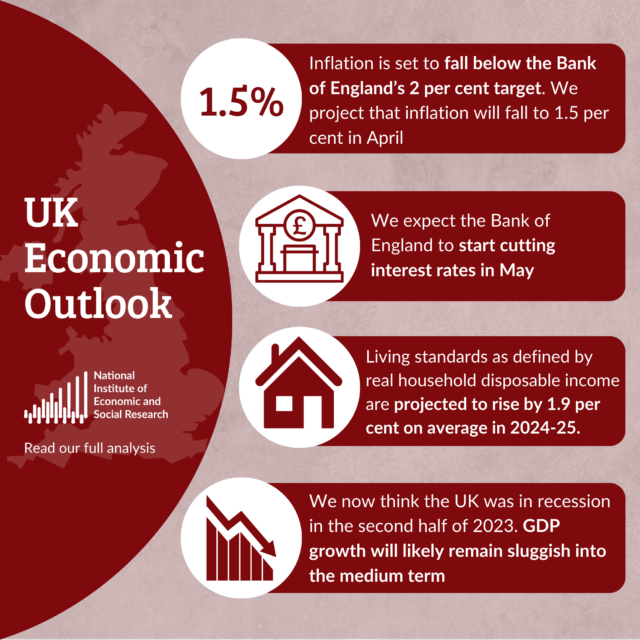- Home
- Publications
- Brexit, Trade, And Gross Value Added
Brexit, Trade, and Gross Value Added
 Pub. Date
Pub. Date
 Pub. Type
Pub. Type
This is a preview from the National Institute Economic Review, August 2016, no 237
Ahead of the forthcoming issue of the National Institute Economic Review (NIER no. 237) that will be published on Wednesday 3rd August, we release a series of boxes, each of them looking at specific aspects of the economic implications of the EU Referendum outcome.
This box, prepared by Dr Monique Ebell, analyses the impact of Brexit on the UK economy using gross value added data.
Ebell and Warren's (2016) projected impact on GDP from reductions in trade with the EU might be a lower bound. Monique Ebell, Research Fellow at NIESR, said: “If we examine value-added data, a loss of trade would have a larger impact on the domestic economy than relying on trade volume data alone. The reason is that our value-added approach takes into account that services have a high domestic value-added content, so that services exports have a larger impact on the domestic economy than do manufacturing exports”.
About one-quarter of the UK's total gross value-added (GVA) came from exports in 2011. Exports to the EU made up just under one half of that, accounting for about 11.5% of the UK's total GVA. Drawing on the academic literature to illustrate the impact of leaving the EU on UK GVA; remaining in the EEA, with a status similar to Norway's, might lead to a reduction in GVA of between 2.5% and 4.4% compared to the baseline of remaining in the EU. Under WTO status, the direct impact might be a reduction in GVA of between 5.4% and 8.2% of GVA, again compared to the baseline of remaining in the EU.
Related Blog Posts

Exploring the Data on UK Productivity Performance
Issam Samiri
Stephen Millard
11 Dec 2023
4 min read

UK Investment Past and Prospects: A Framework for Analysis
Catherine Mann
01 Dec 2023
6 min read


Where Are We With Regional Inequalities in the UK?
Adrian Pabst
Jagjit S. Chadha
01 Nov 2023
5 min read
Related Projects
Related News


Related Publications


Productivity and Investment: Time to Manage the Project of Renewal
12 Mar 2024
UK Productivity Commission

UK Households Should Start Feeling Better Off as Election Looms
07 Feb 2024
UK Economic Outlook

Job Boom or Job Bust? The Effect of the Pandemic on Actual and Measured Job and Employment Growth
07 Feb 2024
UK Economic Outlook Box Analysis
Related events

Investing for Growth: boosting productivity through higher public and private investment

The Outlook for the Welsh Economy

Prais Lecture with Chris Pissarides: The Future of Work and Wellbeing

A View and Prospects for British Investment

How Can We Raise Investment?

Productivity Commission Evidence Session: Examining the Role of International Investment

High Dimensional Forecasting and its Pitfalls – M. Hashem Pesaran

Finance and Growth Workshop







